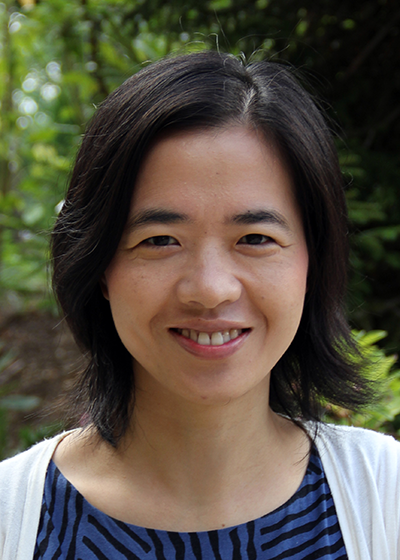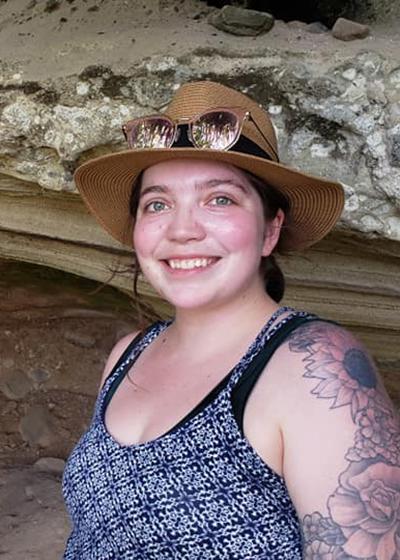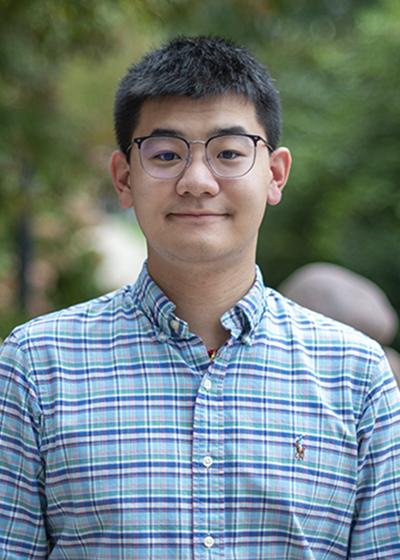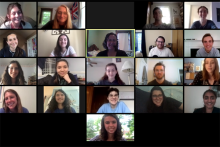

Leah Youngquist
Penn State students are working virtually on the Pennsylvania Solar Center’s Renew PA Works campaign in an effort to educate Pennsylvanians about the benefits of renewable energy, including job creation. The opportunity is made possible through City Semester, an internship program facilitated by the Penn State Center Pittsburgh, a Penn State Outreach service.

Zachary Loveall

Emma Hartke
I am a Ph.D. Student in the Freeman Lab pursuing my dual-title degree in Geoscience and Climate Science. My current research uses biogeochemical tools (including lipid biomarkers, molecular isotope analyses, carbonate clumped isotope analyses) to reconstruct past climate conditions in the Mediterranean, which will improve models of future climate change in this acutely sensitive region.
I graduated from Penn State in 2022 with an M.S. in Geoscience. My Ph.D. work is a continuation of my M.S. thesis, which used lipid biomarker distributions (n-alkanes and PAHs) from a Holocene paleolake catchment to examine landscape change as a result of human and environmental influence. This work is being prepared for publication.
I graduated from the University of Iowa in 2020 with a B.S. in Geoscience. My undergraduate research thesis involved using stable isotope geochemistry to collect ultra high-resolution data on a Silurian biogeochemical event. This thesis was published in Global and Planetary Change in 2021.

Karen Pham

Ran He
My research focuses on using siderite (iron carbonate, FeCO3), a unique carbonate mineral, to reconstruct ancient Earth environments. Siderite is redox-sensitive and requires specific physiochemical conditions to precipitate and remain stable. This sensitivity makes it particularly valuable for preserving paleoenvironmental information, especially during critical periods in Earth's history when unique conditions favored siderite formation. Siderite offers a key advantage for paleoenvironmental reconstruction due to its low solubility. While other carbonate minerals may undergo dissolution and reprecipitation that can alter their primary geochemical signatures, siderite tends to remain stable and preserve its original environmental record. This stability makes it an exceptional archive of past conditions. To extract paleoenvironmental information from siderite, I employ multiple analytical approaches. I analyze stable isotopes (carbon, oxygen, and clumped isotopes) and integrate these geochemical data with sedimentological and petrographic observations.

Guilherme Zakarewicz
My research focuses on using seismic methods, particularly surface waves analysis and distributed acoustic sensing (DAS), to monitor subsurface changes in diverse environments such as permafrost and urban areas. I am particularly interested in understanding the impacts of permafrost thaw and degradation and assessing how we can use seismic methods to track those changes.

Youki Sato



